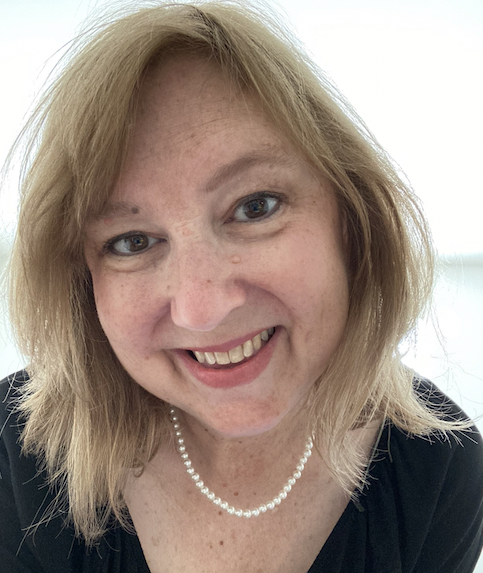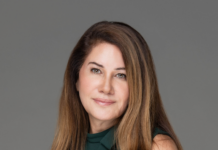In the hushed confines of a classroom long after the final bell had rung, Sage Smith found herself surrounded by a sea of ungraded papers. It was 2003, and her mentor, a guiding light in the tumultuous world of education, entered the room with a stern yet caring gaze.
“Go home,” she said firmly, “You have got to get some rest. If you were to die in this room, they would step over your cold body, and they would bring someone else to teach this class. You’ve got to have a life.”
Little did Sage know, this encounter would mark the beginning of a transformative journey—one that would lead her from the frequent mayhem of the classroom to a mindful life dedicated to bringing peace to educators.
Eight years later, on the first day of school, that same mentor, a pillar of strength, suffered a stroke. Months passed, and the once vibrant educator found herself celebrating her 39th birthday in the sterile environment of a skilled nursing home. Four years after that, Sage stood solemnly at her mentor’s funeral, reflecting on the profound impact this extraordinary woman had on her life.
Sage, now a seasoned teacher herself, began to question the prevailing challenges within the education system. She posed a thought-provoking query: What if the real issue plaguing our schools wasn’t a lack of technology, curriculum, or engaging lessons, and certainly not more testing? What if the core problem lay in the overwhelming stress burdening both teachers and students, manifesting as depression and anxiety?
In a heartfelt reflection, Sage spoke passionately about the daily struggles of student teachers, grappling with overcrowded classrooms and students contending with severe psychological issues. The shortage of counselors has left teachers on the front lines, attempting to identify and address mental health concerns while adhering to rigid standards and curricula.
Sage emphasized the undue pressure placed on educators, where job evaluations were intricately tied to students’ performance on standardized tests. She painted a vivid picture of students breezing through exams only to slump into an exhausted nap, illustrating the disconnection between assessment metrics and the true educational experience.
Adding another layer to the narrative, Sage touched upon the alarming rise of physical threats within classrooms. Citing the National Council of Educational Statistics, she revealed the chilling statistic that in 2021-2022, American school systems experienced 387 shootings, resulting in 188 casualties and 57 deaths. The classroom, once a sanctuary of learning, had become a place fraught with danger.
The stress of teaching, once deemed moderately stressful, had skyrocketed. Sage pointed out the troubling trend: in 1992, about 5% of teachers left the profession due to stress, whereas in 2020, a staggering 50% of new teachers quit within their first five years. This startling reality underscored the urgency of addressing the pervasive issue of stress in education.
Fueled by her concern for the well-being of her fellow educators and the realization that the next casualty of this stress might be one of her colleagues or students, Sage embarked on a mission of research and discovery. What could be done to alleviate this crisis?
Her findings led her to a revelation—there were strategies and techniques that could be imparted to her colleagues, tools that could potentially shift the narrative from stress to serenity. With a newfound sense of purpose, Sage delved into professional development work, sharing these strategies with her peers. What began as an earnest attempt to help others evolved into a beacon of hope for educators drowning in stress. By simply acknowledging that others shared their struggles, Sage found that her colleagues felt validated and hopeful. The positive feedback was overwhelming, affirming that these strategies were not just theoretical but practical, breathing life into the pursuit of peace.
“I just needed to let them know that there is a way to remove all of that chaos that is just crushing them and replace it with calm, they are not alone in their journey,” Sage asserted.
In Sage Smith’s story, we find a testament to the resilience of the human spirit and the transformative power of empathy and understanding. Her journey from the overwhelmed teacher to a source of inspiration for others is a beacon of hope in an education system grappling with unprecedented challenges. As she continues to share her insights, Sage Smith stands as a living testament to the possibility of choosing active and transformative peace, offering a lifeline to those who navigate the demanding corridors of education.








